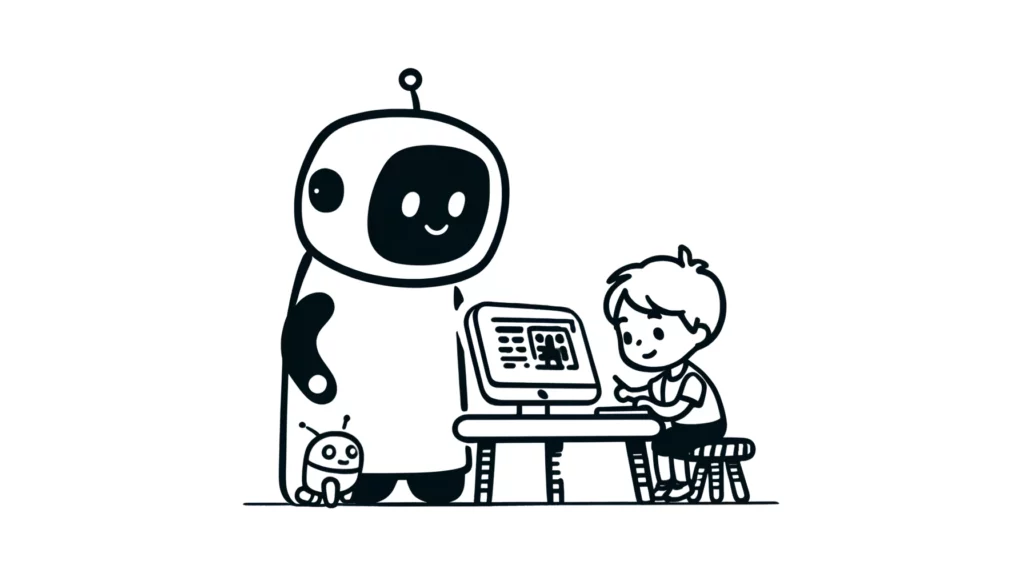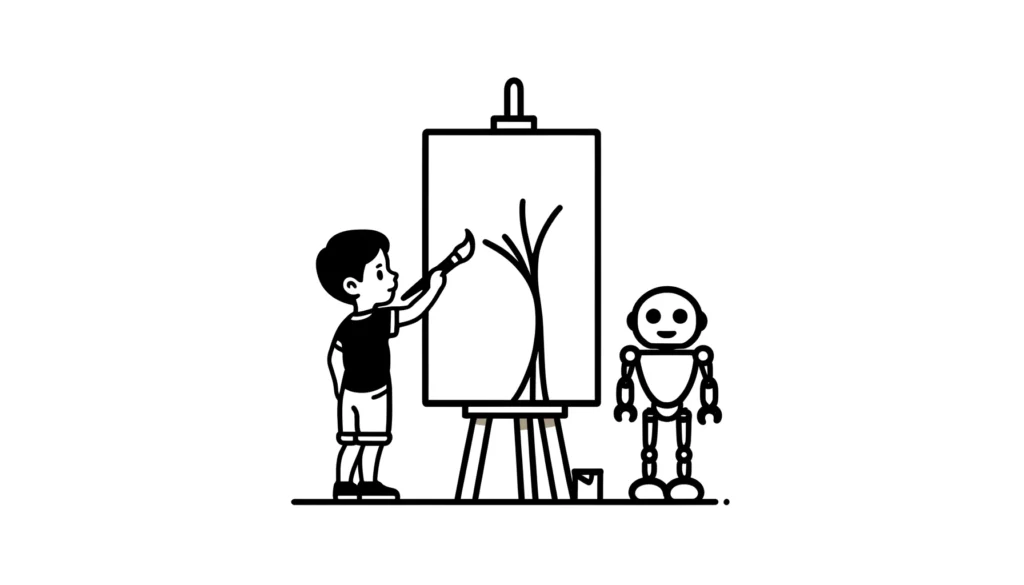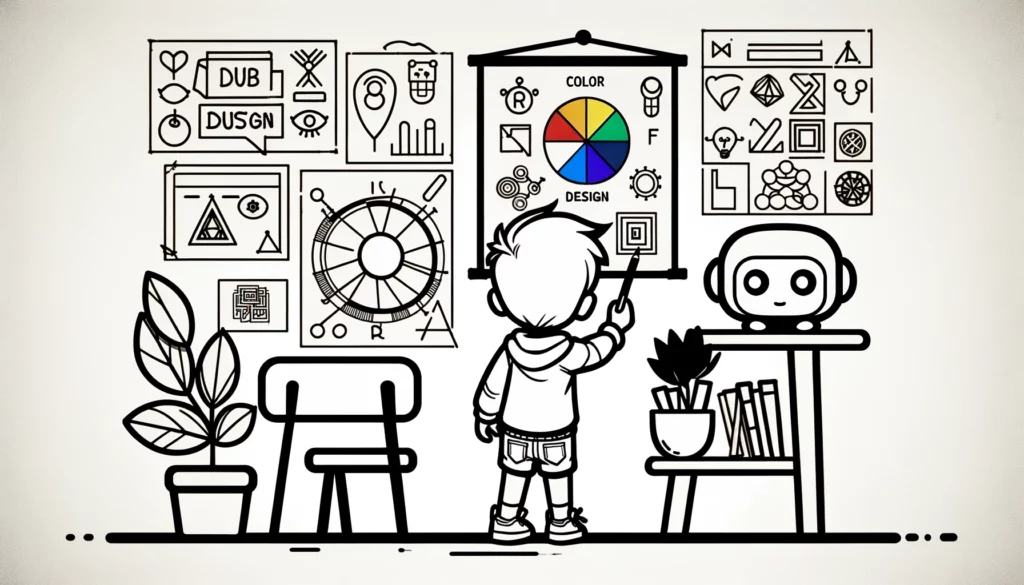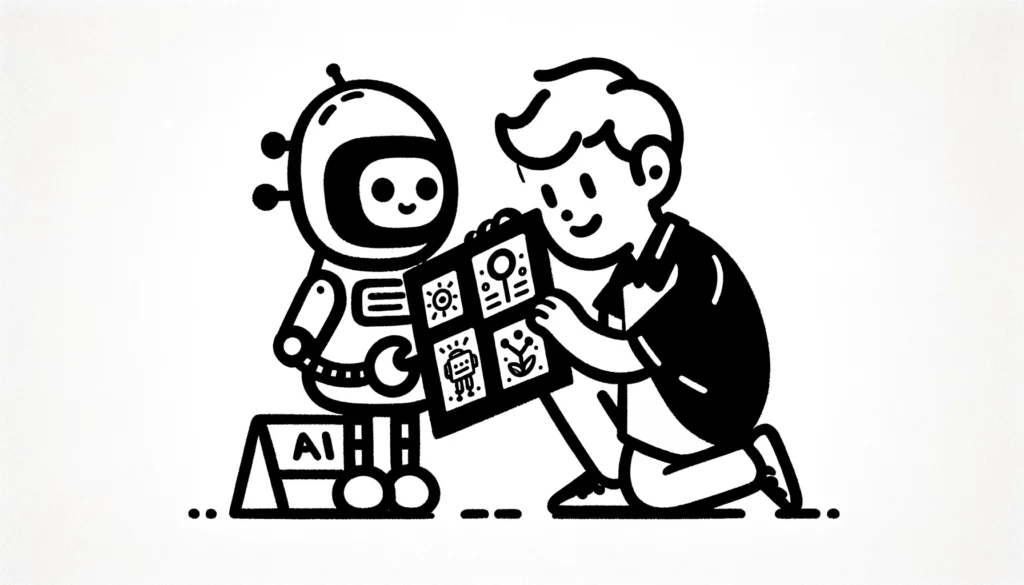AI-driven design tools have opened up a new options for creatives and entrepreneurs alike. Mingling of technology and creativity has started a trend where AI-generated logos and graphics not only enhance design possibilities but also create opportunities for side hustlers.
This isn’t about mastering complex tech; it’s about harnessing AI as a tool to bring your creative visions to life and most importantly market yourself (it’s most important otherwise AI is as accessible to clients as to you).
Here’s a practical guide to kickstarting your journey in AI-generated design as a profitable side hustle. This is by no means a comprehensive guide that will handhold you for each step on the way. But a framework to give you directions on how you need to go about doing business if you are interested.

Step 1: Understanding AI in Graphic Design
AI-generated design leverages algorithms to create visuals based on your specifications. It’s about blending AI’s analytical power with human creativity to produce unique designs efficiently.
Why Use AI?
- Speed: Designs that typically take hours can be reduced to minutes.
- Cost-Effectiveness: Minimizes labor and the need for extensive revisions.
- Innovation: AI can propose novel design elements that might not be immediately obvious to human designers.
Platforms like Designhill’s AI Logo Maker allow users to input brand details and preferences, and the AI quickly generates several logo options.
This tool exemplifies how AI can streamline the creative process.

Step 2: Setting Up Your Toolbox
Selecting the right software is crucial. It should empower you to produce high-quality designs without requiring you to become a tech whiz.
Choosing the Right Software
- User-friendly platforms: Canva’s Magic Write and Logo Maker integrate AI to help users design logos and marketing materials with minimal effort. These tools are perfect for non-designers looking to produce professional-grade visuals.
- Advanced tools: For more experienced users, Adobe Illustrator’s AI-powered features, such as the Sensei technology, offer sophisticated design capabilities like auto-tracing and intelligent color palettes.
Tool tip: Choose software that matches your skill level and design needs. Experiment with different tools; many offer free trials.
Step 3: Learning the Basics of Design
Even with AI’s help, a solid understanding of design fundamentals is essential.
Fundamentals to Brush Up On:
- Color Theory: Understand how colors interact and the psychology behind them.
- Typography: Know how to choose and pair fonts.
- Composition: Master the art of layout balance.

Learning resource: There are plenty of free resources online, such as YouTube tutorials that can boost your design knowledge. Platforms like Skillshare or LinkedIn Learning offer short, project-based courses in graphic design that can elevate your understanding and application of these principles.
A personal tip: Spend a weekend watching tutorials or even take a short online course. It helps, really!
Step 4: Finding Your Niche
Carving out a niche helps you target your marketing efforts and build a specialized portfolio.
How to Identify Your Niche:
- Market research: Identify what local businesses need. For instance, real estate agencies might often look for unique branding and consistent design across all marketing materials.
- Personal interest: Use your passions to guide your niche; if you love gaming, consider specializing in designs for Twitch streamers or gaming events.
Stick to what you love doing, because enthusiasm often leads to better work and, ultimately, better business results.
Advice: Tailor your services to fill a specific need in the market, making your business a go-to resource.
Step 5: Creating a Portfolio
Your portfolio is your showcase to the world. It should reflect both your skill and your style.

Building a Killer Portfolio:
- Include diverse work: From logos to social media graphics, show a range of applications.
- Quality over quantity: Focus on your best pieces that clearly demonstrate your skills and creativity.
A strong portfolio not only shows what you can do but also communicates your style and professionalism. Use websites like Behance or Dribbble to display your work. These platforms are frequented by both peers and potential clients.
Step 6: Pricing Your Services
Appropriately pricing your services is crucial for turning your skill into a profitable business.
Setting the Right Prices:
- Competitive analysis: Check what other designers with similar offerings charge.
- Flexible pricing strategies: Consider offering packages or tiered pricing to accommodate different budgets.
Pricing tip: Start with competitive rates but remain open to adjusting based on the value you deliver and client feedback.
Step 7: Marketing Yourself
No matter how skilled you are, if people don’t know about you, they can’t hire you.
Effective Marketing Strategies:
- Social media presence: Regularly post your work on Instagram or Pinterest, where visual content thrives.
- Networking: Engage with local businesses, attend community events, or join online forums.
Honestly, visibility is key. The more people see your work, the more potential clients you’ll reach, so put yourself and your work out there as much as possible.
Use Instagram Stories to share behind-the-scenes looks at your design process or successes, making your work relatable and your approach transparent.
Save the below pin to your Pinterest to refer in the future in case you need to look back.

Using AI in graphic design isn’t just about leveraging new tech, it’s about working smarter, not harder. By understanding the tools and methods available, you can turn AI into your digital design partner, opening up a world of creative and commercial opportunities.

Sumeet is founder of MoneyFromSideHustle and an experienced side hustler who replaced his full-time income with side hustles. His work has been quoted on major finance websites like CNBC, Yahoo! Finance, GOBankingRates, MSN, Nasdaq, AOL, and more. He has helped thousands of people find side hustles and is here to help you find your extra source of income. More about him.
